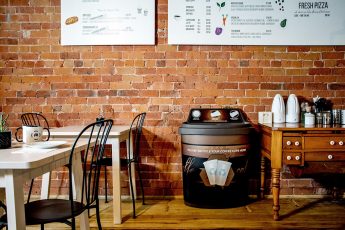What is LEED?
August 10, 2016
The Leadership in Energy and Environment Design, or LEED, is a third-party certification program by the US Green Building Council that sets the standard for the construction and operation of green buildings. Its goal is to promote the use of green building practices by distinguishing buildings that are designed with the highest levels of sustainability and existing structures that are maintained in a sustainable manner.
LEED was developed in 1993 by Robert K. Watson and included non-profit organizations, government agencies, architects, engineers, and other members of industry and business. The LEED standing committee formulated a consensus on what would be needed for a set standard in green construction. Between 1994 and 2006, LEED expanded their format into six standards that cover all parts of development and construction.
—
Other Sources
“The Leadership in Energy and Environmental Design (LEED).” Environment and Ecology. http://environment-ecology.com/environment-and-architecture/81-the-leadership-in-energy-and-environmental-design-leed-.html. Accessed August 10, 2016.
Byloos, Matty. “The LEED Rating System and the U.S. Green.” LEED.net. http://www.leed.net/leed-construction-articles/leed-rating-system-usgbc.asp. Accessed August 10, 2016.











